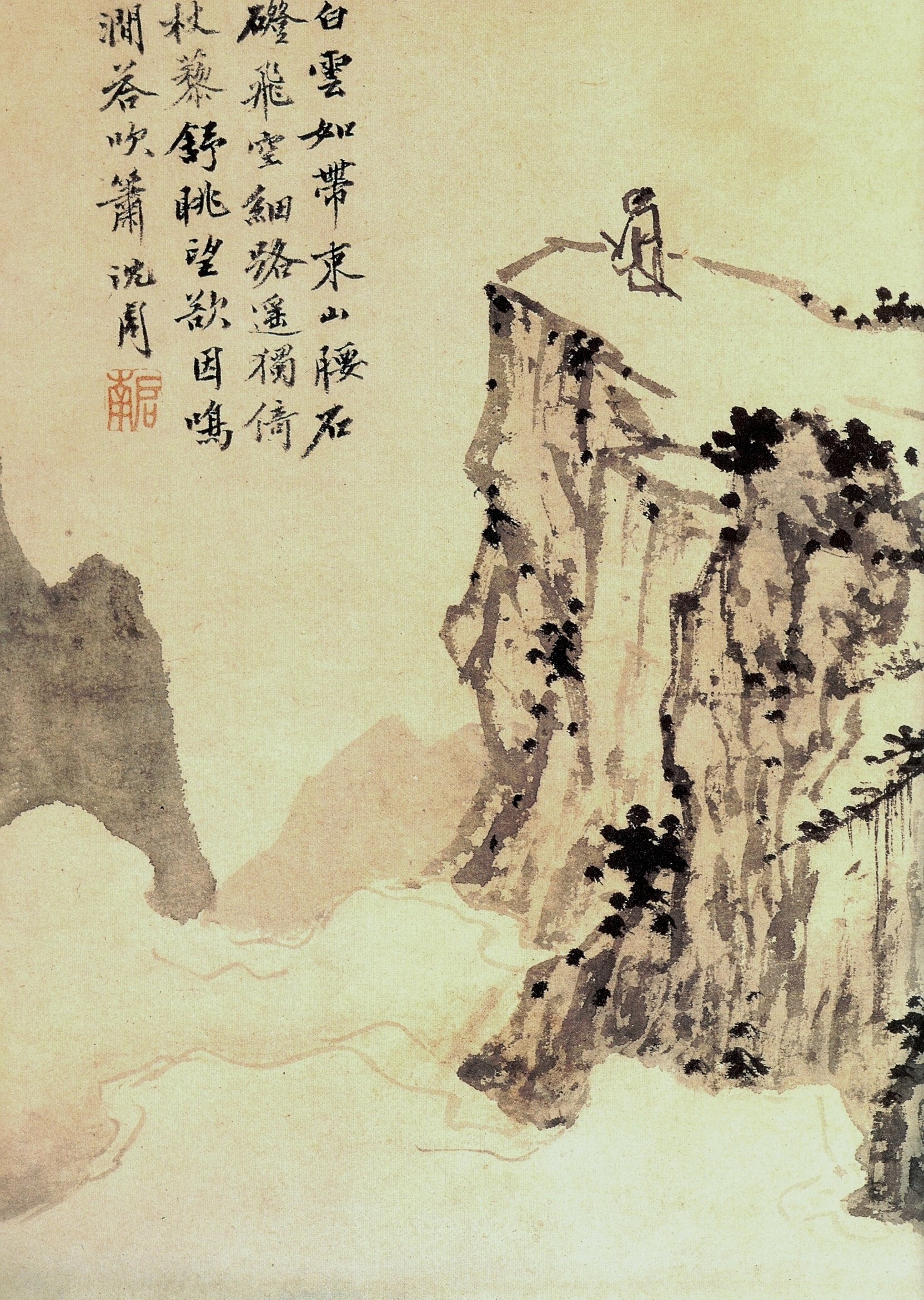
Episode 5: Picturing Race in Colonial Mexico
Teaching Aid
Teaching Aid for Episode 5: Picturing Race in Colonial Mexico
Teachers: please read the introduction to these teaching aids first.
Pre-Listening Journal/Discussion Questions
How would you describe the purpose of visual art? What different kinds of work can art do, for both the creators and the viewers of that art?
This episode focuses on a particular genre of art, the casta paintings produced in Colonial Mexico. Take a look at one of these paintings. How would you describe the painting? What do you think may have been the purpose of creating this painting? Just based on the painting itself, what do you imagine it may have meant for those who commissioned it, the artist who painted it, and its audience? How does it affect you as a modern viewer?
Listening Guide
What does the term casta mean?
What were casta paintings and what was the main purpose of creating them?
Background: Conquest and Mestizos [10:32-19:15]
What was meant in colonial New Spain by the term mestizo? How did the status of mestizos change over time?
What legal questions drove the Spanish state and colonial authorities of the time to try to categorize the population of New Spain?
Critical Genealogy: Medieval Roots of Raza [19:15-25:59]
What three groups occupied the Iberian peninsula in the Middle Ages? How did people in this time and place think of religion differently than many of us do today?
What significant event happened in Spain in the same year that Columbus sailed to the Americas?
How did the term raza, or race, evolve from its introduction in the Spanish lexicon in the 13th century to its use in the early 1500s?
In fourteenth-century Spain, how many generations were considered necessary for descendants of Christian converts to be deemed “pure blood” Christians?
How was the theory of raza again repurposed as the basis for castas in New Spain?
Critical Genealogy: How Many Castas Were There? [25:59-33:01]
Was there a set, invariable number of castas? How does this point to the fact that the casta system was not actually biologically coherent?
How did the casta paintings illustrate a process of supposed “blood purification” across generations?
Critical Genealogy: Naming Castas and Enlightenment Thinking [33:01-40:44]
How did Enlightenment thinking inform the project of casta paintings? What was the purpose of classifying race?
If “race and caste are not biological realities,” then what are they instead, and what was their intended purpose in colonial times?
Creative Genealogy: Other Ways to See Casta Paintings [40:44-50:23]
In addition to constructing racial categories, what other ideas are expressed in casta paintings? What messages might indigenous casta painters like Miguel Cabrera have been trying to communicate through their paintings?
What has often surprised Ilona Katzew about modern viewers’ responses to her curated exhibits of casta paintings?
What response does Katzew give when questioned about why these racially charged images should be displayed at all?
Episode producer Chris Nygren contends that “while race may be an empty signifier, genealogy is not.” Do you agree that race is an “empty signifier,” i.e., an idea constructed by people in order to impose a social hierarchy? What is the difference between race and genealogy? In what ways can genealogy and skin color be important elements for understanding our past and present, both collectively and individually, even if race is a social construct?
Post-Listening Journal/Discussion Questions
Read Elise Lonich Ryan’s response to this episode, where she explores the grid’s role in casta paintings and modern art. Compare the casta painting Cuadro de castas with an eighteenth-century Table botanique. What do the images share in common? How might their similarities in structure point towards similarities in purpose?
This episode ends with the thought that “we can claim sufficient distance and difference from the Enlightenment to imagine that … its voracious desire to construct and shore up oppressive hierarchies might not have been all-consuming. Through the lens of creative genealogy, we can imagine that . . . here, in these images of domestic love within the nuclear family, was something that could never be fully contained by the grid.” What do you think? Can (and should) modern audiences view these paintings not only as a tool of colonial power, but also as a source of positive and/or reconciling meanings? Should these paintings be displayed at all? If not, why not? If so, and if you were the museum curator, what would you do to help viewers encounter them appropriately? To further this discussion, read Nayeli Riano’s response to this episode, where she explores how Enlightenment ideas of barbarism and the noble savage have been “creatively reconstructed” in Latin American intellectual history.
Links for Further Exploration
New York Times review of J. Michael Martinez’s book of poetry, Museum of the Americas
“Picturing Race in Colonial Mexico”: (6-minute animated video produced by Genealogies of Modernity)
